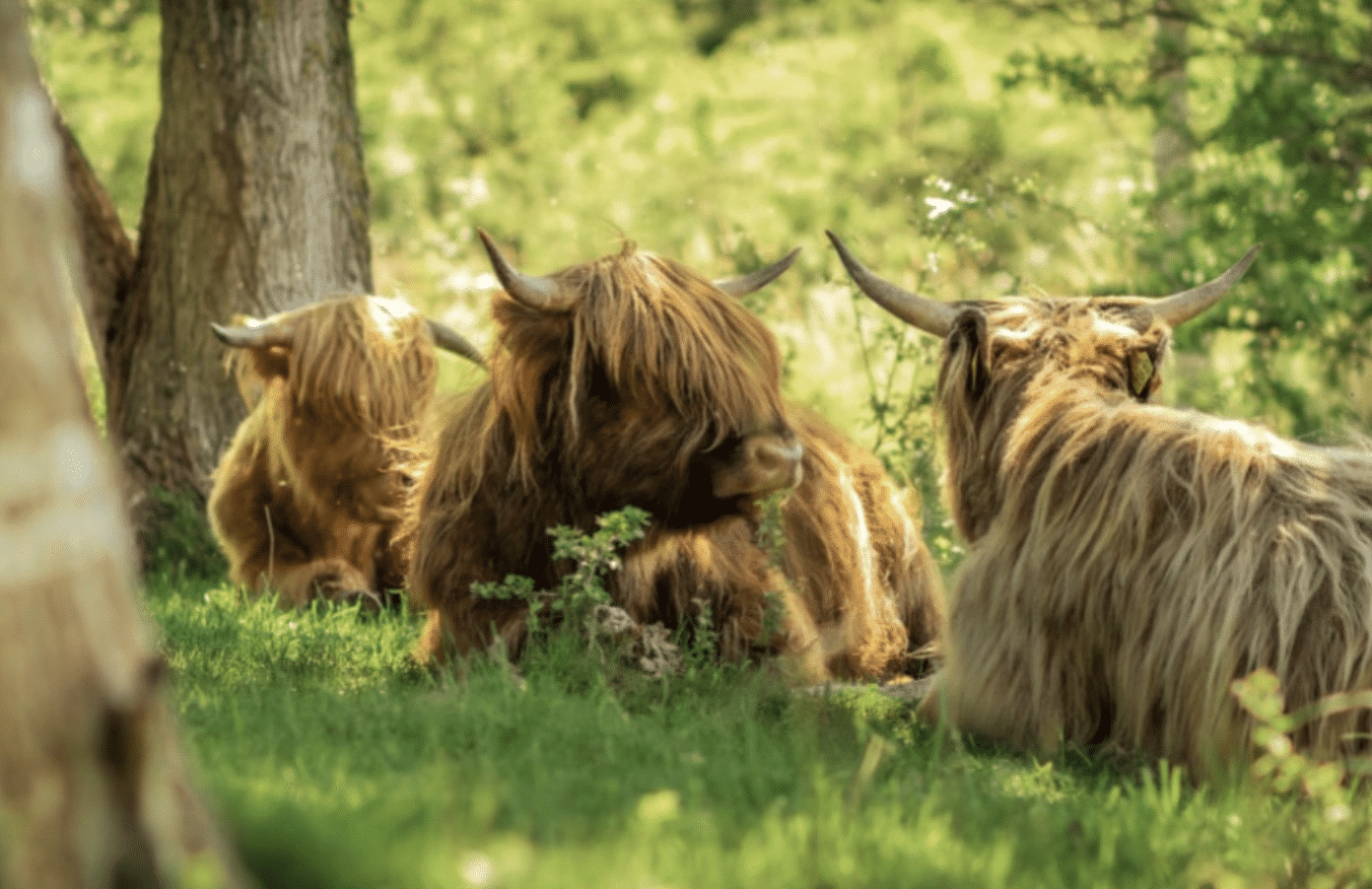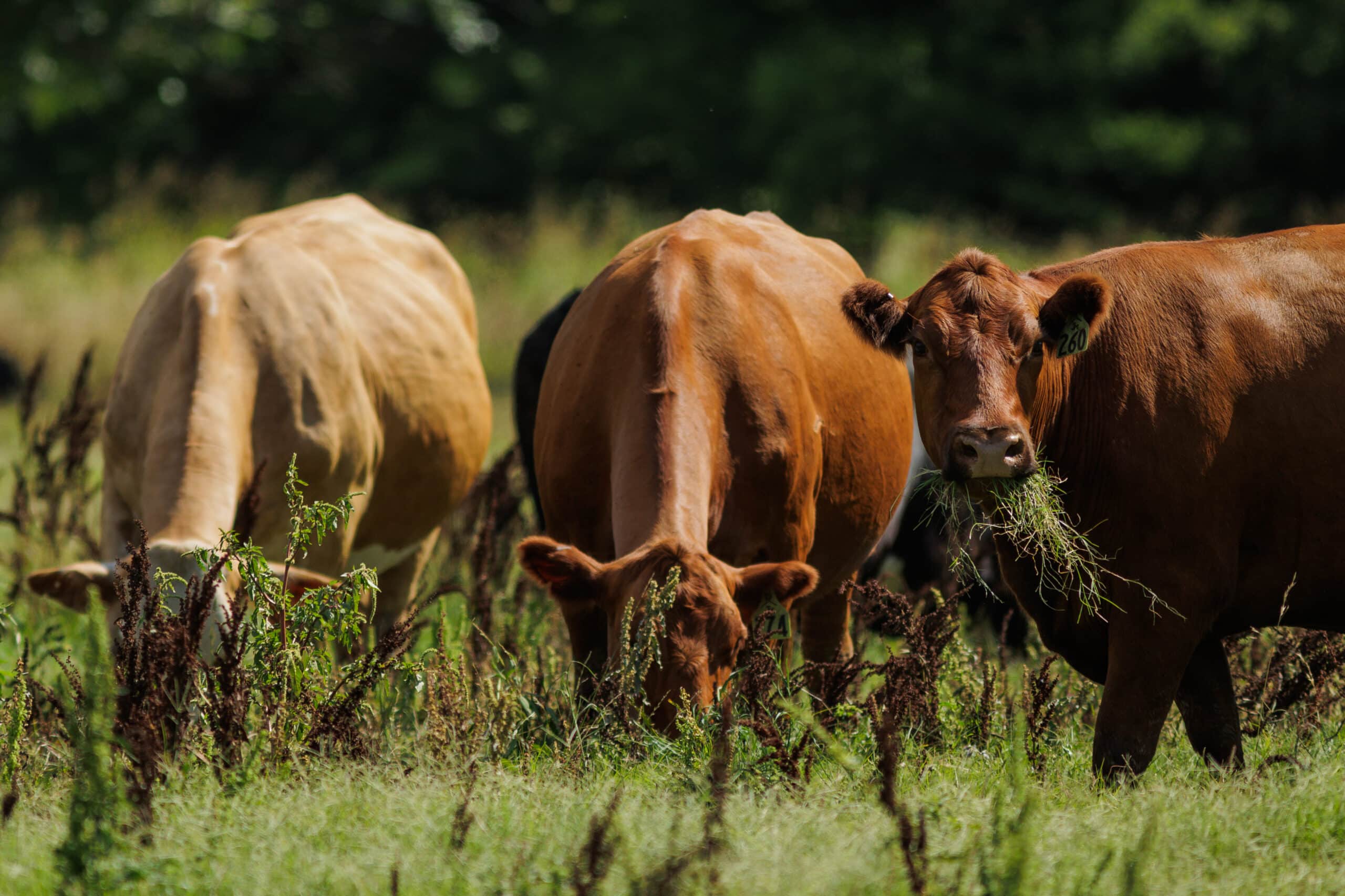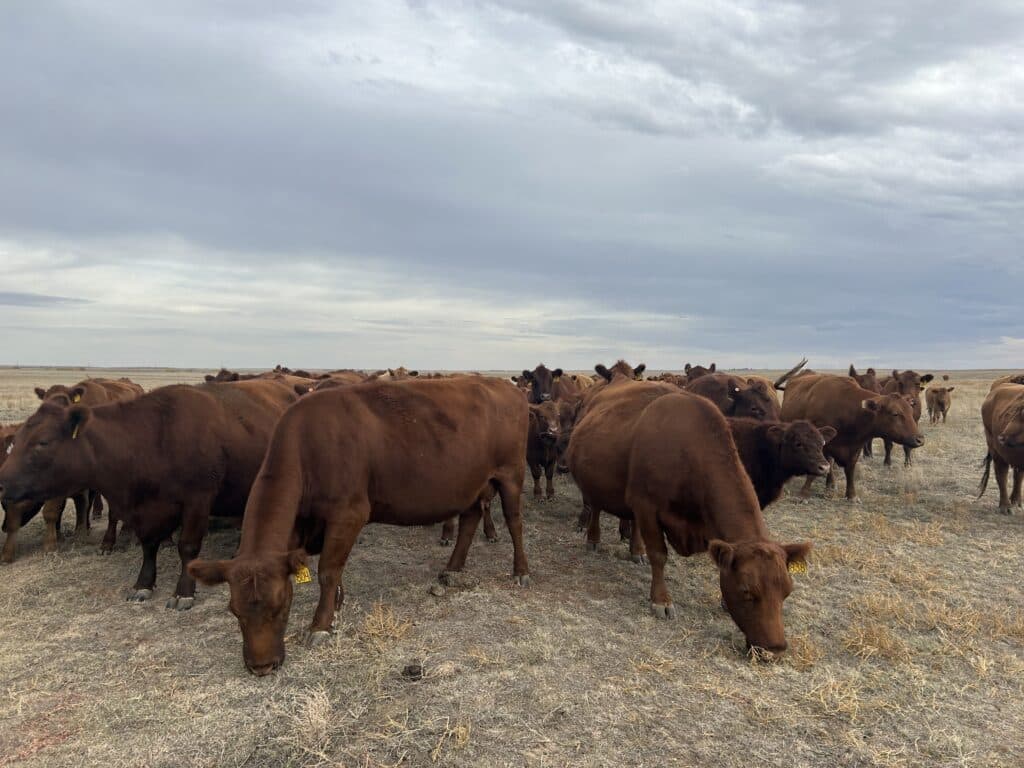Climate Change and Livestock Productivity

We hear a lot about the causality of climate change but less about what that might mean for livestock farmers.
Here we discuss the effects climate change has on livestock productivity and what measures can be taken to reduce these effects.
In the UK, meteorologists predict that climate change will bring warmer and wetter winters, hotter and drier summers, and more frequent and intense weather extremes. Compared to the UK’s climate in 1990, the Met Office predicts that by 2070:
- Winters will be 1-4.5 oC warmer
- Winters will be 30% wetter
- Summers will be 1-6 oC warmer
- Summers will be up to 60% drier
- Hot summer days could be 4-7 oC warmer
When we talk about agriculture and the environment, we often think about the contribution of greenhouse gas emissions to the atmosphere, eutrophication from animal manure and fertilisers, and deforestation. But what we don’t always consider is, what impact will our changing climate have on our livestock productivity? We still need to feed an ever-growing population. So, as well as trying to limit the effects of agriculture on the environment, we also need to protect our livestock and come up with innovative ways to do so.
What effect does climate change have on our livestock?
Heat Stress
A lot of research is aimed at adapting crops to more demanding weather patterns such as developing drought resistant cereals. But the UK’s weather is also proving challenging for livestock. Research into Merino ewes, common throughout Australia, has shown that heat stress is a common risk factor for embryo loss. Even a short heat wave, such as those experienced in the UK, can affect the success of a pregnancy. With annual fluctuations in temperatures becoming harder to predict, losses in production can be significant.
Pregnant and lactating ruminants are more susceptible to heat stress than their non-pregnant and non-lactating counterparts. Milk production in dairy cows can decrease by 25% when they are too hot. In the southeast of the UK, dairy cattle are exposed to around one week of heat stress per year, which is expected to rise to two months in the future.
Male reproductivity is also negatively influenced by heat stress in terms of reduced sperm mobility and sperm abnormalities.
Poultry are particularly susceptible to heat stress as they can only tolerate a narrow range in temperature. Rising temperatures may diminish egg production and broiler growth. Stress from more extreme weather events such as storms can also affect poultry production.
Disease and Climate
Evidence suggests that climate change is making livestock more susceptible to diseases. This is through one of two ways. Either directly through the suppression of the immune system from climatic pressures causing conditions like heat stress, or through more favourable conditions for the pathogens themselves making them more resistant and transmissible.
As the UK, and indeed Europe, heats up, our livestock are at an increased risk from vector-borne diseases. African swine fever, for example, is spreading throughout Europe, threatening our borders. Bluetongue, a disease with an average outbreak of once every 20 years, is expected to become an annual occurrence in the future.
Soon, early disease detection, prevention and control will be paramount to protecting our livestock.
Forage and Feed
But it’s not just an increase in disease and a decrease in health that could be caused by climate change. Forage and feed for livestock are impacted too.
Although higher carbon dioxide levels and warmer temperatures can help forages to grow faster, they are less able to accumulate dry matter and their quality is compromised. Protein and mineral concentrations can be depleted under these conditions. Less nutritious feed for our livestock could prove problematic unless forages can be enhanced.
So, what can farmers do to prepare for tougher environmental conditions and keep their livestock healthy and productive?
In some parts of the world, farmers have brought their animals indoors to enable them to control the conditions better. In the US, farmers are installing huge barns with massive fans to drive out hot air and reduce humidity. However, bringing all livestock indoors can be hugely costly as conserved forage has to be provided as well as electricity and water.
In some cases, costs may reduce due to climate change, such as reduced heating costs for poultry housing in the warmer winter months. But likely, costs will increase as farmers improve their infrastructure to cope with less favourable conditions. Greater drainage systems to cope with increased rainfall and better ventilation in housing for increased hot spells are measures farmers can take now to prepare for the changing climate.
The best way to alleviate and prevent heat stress is to provide cool water and shade. One natural way to achieve this is through silvopasture, which also helps to sequester carbon. Other solutions include choosing the breed of livestock carefully. Some of the more modern breeds of cattle for example are less tolerant to heat stress than their predecessors. Perhaps in the future, the breeds of sheep and cattle that we are so used to seeing in the UK countryside will be replaced newer or optimised breeds, as farmers continue to feed our ever-growing population under increasingly difficult conditions.
Keep Track of Livestock Productivity
Keeping track of livestock productivity is a great way to determine whether the measures implemented on-farm are taking effect. To find out more about how AgriWebb can help you track your goals, please contact us or try for free.
If you are interested in learning more about our work in the sustainability arena, read more here.


